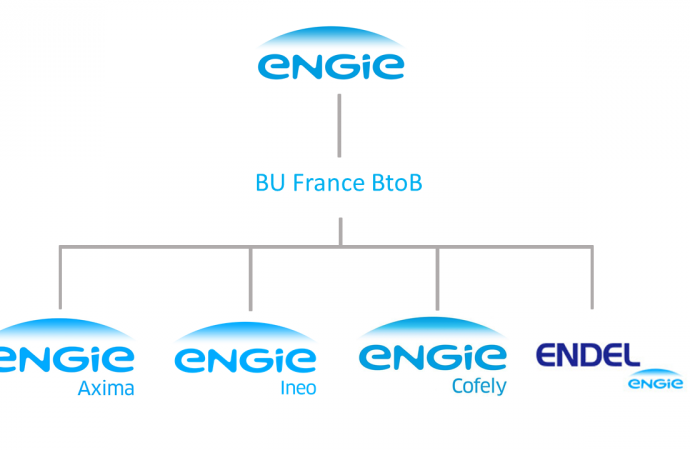According to a recently published article in Brazilian magazine “Engenharia e arquitetura” both in Europe and Brazil the use of ammonia is commonplace, with 90% market share in industrial refrigeration. Moreover, thanks to their modular and compact design, ease of maintenance, and rapid installation, packaged ammonia chillers are now the ammonia technology of choice in Europe and gaining market share elsewhere.

Whilst in Europe ammonia chillers dominate the market, in North America the domestic chiller market is still comparatively small, and in Brazil higher upfront costs have affected market uptake. Nevertheless, market share is expanding as more and more multinationals implement policies that favour the use of natural refrigerants in industrial installations.
Expanding market for ammonia chillers
Despite their higher upfront costs, the market for ammonia chillers is growing across the world. This is because today cooling equipment investments are rarely made without a complete lifecycle analysis, investigating for example energy consumption and maintenance costs. This is helping to overcome the higher initial cost of equipment, because in the long run ammonia chillers more than pay for themselves with a mean 40% energy savings.
As a result ammonia chillers, which were previously confined to breweries, food processing, milk factories and pharmaceutical and chemical facilities, are now installed in airports, hospitals, universities and office buildings.
The following R&D efforts will likely help to further increase the market uptake of ammonia refrigeration and chillers:
- Development of low-charge systems and associated control algorithms;
- Optimisation of heat exchangers;
- DX (Direct Expansion) systems.
- Cascade systems or combination with secondary systems with CO2 as a brine.
Advantages of ammonia chillers
Ammonia chillers can be installed in a wide variety of industrial refrigeration projects and are also starting to be used in commercial applications, in particular in supermarkets. R717 is particularly suited to working in the range approximately 0°C to -30°C.
Compact, factory-built and fully tested chiller units with plate heat exchangers are now the most common type of technology. They consist of: a compressor package, microprocessor, plate heat exchanger evaporator and condenser, oil cooler, and surge drum. Their benefits include:
- Natural refrigerant: ammonia chillers use a refrigerant with a global warming potential (GWP) of zero and an ozone depletion potential (ODP) of zero, whilst the pungent odour means that at 5 ppm an ammonia leak is self alarming;
- Low cost: ammonia is relatively cheap compared to the alternatives R404A, R134a, R507;
- High thermodynamic efficiency;
- Reduced charge;
- Versatile: thanks to the plate heat exchangers the cooling capacity of an ammonia chiller can be easily adjusted by simply adding or removing cassettes;
- Industrial grade stainless steel: means that products can be cooled directly inside the evaporator without risk of contamination;
- High Coeffient of Performance (COP): thanks to the use of flooded evaporators;
- Reduced number of welds;
- Easily sourced components: ammonia chillers can use reciprocating or screw compressors, are assembled using commonly found valves, pipes and plates.
- Efficient oil return: closed refrigerant circuit oil return chillers reduce leakage.
Special considerations when using ammonia
- Ammonia is not compatible with copper;
- Special hermetic motors must be utilised;
- Either steel/aluminum piping is required;
- Advantages of enhanced heat transfer diminished;
- Low concentrations of ammonia are toxic and in the range of concentrations 16-25% by volume of air in presence of flames it is considered flammable.
MORE INFORMATION
Related stories



